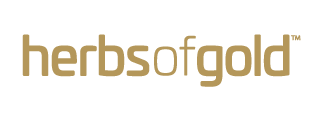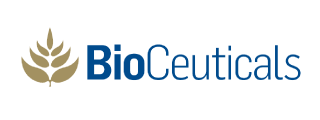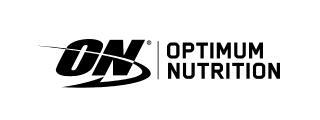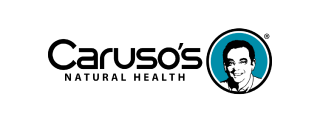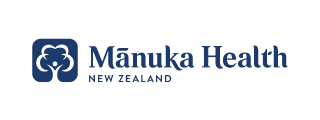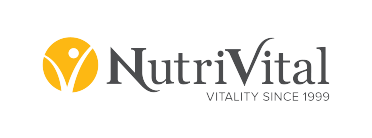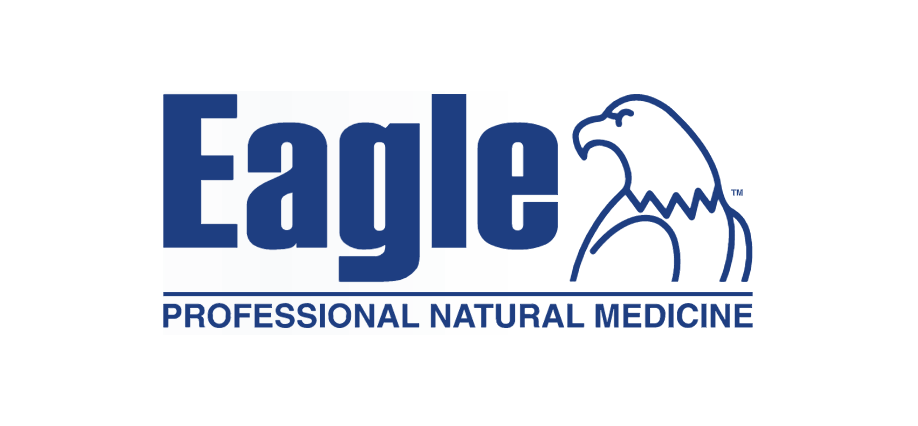
- Health advice
- Nov 23, 2021
Have you ever tried eating according to your period? If this has never occurred to you, you’re not alone. It can be tough to plan ahead meals at the best of times. Scarlet’s in-house naturopath Brooke Oke shares how to tune into the hormonal changes of your menstrual cycle and factor in nutritional foods for optimum health and wellbeing.
Most of us are probably aware of the different phases of our cycle and that our hormones fluctuate depending on what time of the month it is, but did you know that food and nutrition can have a big impact on this very balance? We like to use ‘food as medicine’ when it comes to hormonal health, this is a simple concept that can help you make mindful decisions when it comes to food choices and actually help alleviate things like period pain, PMS, fluid retention and headaches!
Just like seasons in a year there are four phases of the menstrual cycle, comparing these phases to the different seasons is an easy way to remember where you’re at. Here’s a step-by-step nutritional guide to what to eat off and on your period.
Menstrual Phase (days 1-5) aka Winter
The menstrual phase is the first 5 days of your cycle, the first day of your cycle is counted from the first day of your menstrual bleed/period. Declining levels of progesterone eventually lead to the endometrium (lining of the uterus) to shed. During this phase we can feel the need to rest and take it easy. During menstruation we lose between 5-80mL of blood over the course of our bleed, this may sound like a lot but it equates to up to 6 tablespoons. Important nutrients like iron are lost through menstruation especially if you have a heavier bleed (greater than 80mL) so it can be helpful to up iron intake during this phase.
Thinking of this phase as ‘Winter’ can help remind you to eat more warm and cooked foods, these are actually easier to digest as they are partially broken down and can deliver nutrients to our bodies more easily. Incorporating more warming spices can also be a nice way to lower inflammation and pain.
Include:
- Slow cooked meals such as soups and stews. Bonus points for including iron rich foods such as beef, lamb, chicken, lentils or organ meats. Adding a nice source of vitamin C can support iron absorption, always add some leafy greens, lemon juice, strawberries or pineapple with meals.
- Spices such as turmeric, ginger, cayenne pepper. Ginger is a herb that has natural anti-inflammatory properties and is great for period pain and cramps, it has been compared in studies to common NSAIDS like paracetamol and ibuprofen (1).
Avoid:
- Avoid coffee and alcohol, these can often increase inflammation and in-turn, pain. Swap coffee for a medicinal mushroom latte or hot cacao for a loaded antioxidant beverage.
- Fatty foods can increase prostaglandin release (pain chemicals), avoid processed foods or excess oily foods/takeaway. Small amounts of fish, olive oil and avocados are ok.
- Avoiding dairy is important in this phase if you experience pain, heavy bleeding and skin breakouts. The proteins in dairy can convert to inflammatory agents in some people which causes a chain reaction ending in more pain, inflammation and heavy bleeding. Many people find eliminating dairy does wonders for their period issues! You wouldn’t reach for cold foods such as ice-cream, milk, iced drinks and smoothies during winter so avoid these during your bleed if you can.
Think: Lentil dhal, slow cooked beef ragu, vegetable curry, turmeric latte with coconut milk.
Follicular/Proliferative Phase (days 6-13) aka Spring
It’s spring, things are starting to rise and bloom! In response to rising oestrogen following the menstrual phase, the lining of the endometrium starts to thicken again to prepare for implantation of an egg. It is during this phase that we often start feeling lighter, more energised and let’s be honest- thriving.
Utilise this new found motivation to fuel your body with a variety of wholefoods to ensure oestrogen levels do not rise too dramatically, higher than normal oestrogen levels can drive period pain, heavy bleeds, sore breasts and bigger mood swings.
This phase is the perfect time to load up on cruciferous vegetables such as kale, cabbage, broccoli, sprouts, cauliflower, brussel sprouts and leafy greens. These types of vegetables are high in sulforaphane and other nutrients which enhance oestrogen detoxification via the liver and bowel.
Another important note on oestrogen metabolism is fibre. High fibre foods ensure you are removing excess oestrogen via the bowel, if you aren’t moving your bowels everyday this can cause hormonal imbalances. Include more fruits, vegetables and grains.
Hydration is essential to support healthy bowel motions and energy levels so stay on top of your water intake to feel your best during this phase.
Think: Kale slaw, crispy roasted brussel sprouts, flaxseed and chia pudding, rice paper rolls.
Ovulatory Phase (day 13-16)- Summer
Who doesn’t love summer, it’s heating up, you’re happy and energised. Summer aka ovulation is often when people feel their best. Once oestrogen levels reach their highest, the pituitary releases luteinising hormone (LH). This causes the ovarian follicle to release the ovum (egg) in the process of ovulation. Again, if oestrogen levels are too high you can experience ovulation pain or mood changes around this phase.
There are a few essential nutrients to support healthy ovulation, an important milestone in the menstrual cycle to support hormonal balance whether you’re focused on fertility or not.
Zinc, omega 3 and 6, vitamin E, vitamin A and vitamin C are all required for egg implantation. Consume loads of salmon, oysters, eggs, lentils, chickpeas, pumpkin seeds, flaxseed, sesame seeds, chia and hemp seeds. An easy way to remember these nutrients is to lean on protein, whether it is plant or animal based proteins either can be a nice addition.
Think: Salmon rice bowls, oysters, frittata and seed mixes on everything.
Luteal Phase (days 16-28)- Autumn
Ah the luteal phase, often a phase where things slow down and we can feel more introverted and sensitive. More intense symptoms of tender breasts, irritability, depression, bloating, anxiety and food cravings can be a symptom of progesterone that is too low. Progesterone should be steadily increasing in this phase to strengthen the endometrium lining (to support pregnancy if this occurs) but it is also important to prevent menstruation.
Progesterone is needed to keep us feeling calm, happy, help us sleep and regulate our appetite and temperature.
Foods which can enhance progesterone production include beans, broccoli, brazil nuts, pumpkin seeds, sunflower seeds, edamame beans, cashews, turkey, cacao and fish. These foods are also high in antioxidants, magnesium and contain precursors to serotonin, an important neurotransmitter for mood, sleep, libido and energy.
Foods you consume in this phase can influence the quality of your menstrual bleed, hence the importance to keep your intake based on wholefoods, adequate proteins and minimal alcohol, processed foods, refined sugars and excess salt.
Appetite can increase in the luteal phase due to the natural increase in metabolic rate, this doesn’t mean you should go hard on processed simple carbohydrates foods like chips, deep fried foods and heavy gluten meals! Try to aim for more gut friendly carbohydrates like pumpkin, roasted sweet potato, carrots, parsnip, brown rice,
Think: Poke bowls, roasted vegetable salads, cacao protein balls.
Start a healthy cycle in the New Year by tuning into the hormonal changes of your menstrual cycle and supporting your body with the right nutrition, movement and period products.
Scarlet is Australia's new femtech startup putting periods at the centre of women's health and wellness. The brand was born out of the need to change the way we think about our cycle and the products we use each month. They're defining a new, full-cycle approach to periods that is better for your body and doesn't cost the earth.
About Brooke Oke
Brooke Oke has practiced as a Registered Nurse specialising in mental health for almost a decade and also has a Bachelor of Health Science (BHSc). Her personal health issues inspired her to make the switch from nursing to naturopathy. When she was a teenager she suffered from chronic endometriosis, gut issues and depression and it wasn’t until she found naturopathic medicine that she was able to take control of her health and wellbeing. Brooke has her own naturopathy practice, Goodkind Naturopathy, and has a special interest in the digestive system, skin health, hormonal and immune complaints, and endocrine issues.
Related Articles
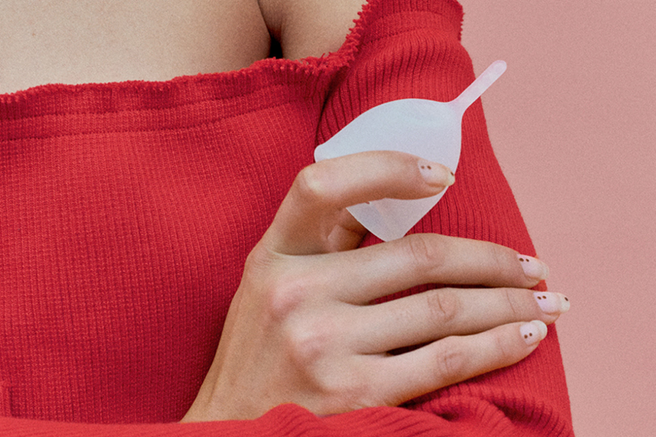
Going reusable. A beginners guide to period cups
Period Cups can be a life changing switch and a welcome alternative to the antiquated tampon. Not only is the period cup an environmentally friendly solution, it is becoming known as a better alternative for your overall health.



